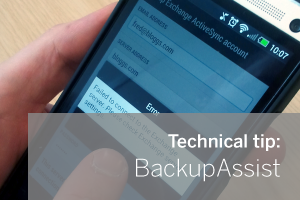02
Sep
What is an SPF (Sender Policy Framework) Record and Why Do You Need One?
 As with a lot of new technologies the real power comes from when they are used by the masses.
Sender Policy Framework or SPF is no longer a new technology and is generally widely used to help preserve email domain reputation for large organisations, but it's as well-known about in the Small to Medium sized business end of the email market.
Spammers know this and have started to target domains that do not have valid SPF records as they can most easily be used to spoof and send spam claiming to be from valid companies. Often these types of spoofed email are used in phishing attacks to then harvest more valuable data, so the smaller companies that can adopt the use of SPF the better.
As with a lot of new technologies the real power comes from when they are used by the masses.
Sender Policy Framework or SPF is no longer a new technology and is generally widely used to help preserve email domain reputation for large organisations, but it's as well-known about in the Small to Medium sized business end of the email market.
Spammers know this and have started to target domains that do not have valid SPF records as they can most easily be used to spoof and send spam claiming to be from valid companies. Often these types of spoofed email are used in phishing attacks to then harvest more valuable data, so the smaller companies that can adopt the use of SPF the better.


 If you're a user of the MDaemon email server, and own either an iPhone, Android device or Windows mobile, it's quite likely at some point you'll want to synchronise your calendar, contacts and tasks etc.
While the set-up steps for configuring MDaemon and the devices themselves are very straightforward, because MDaemon needs to be visible to the outside world, there are some networking considerations to be aware of.
If you're a user of the MDaemon email server, and own either an iPhone, Android device or Windows mobile, it's quite likely at some point you'll want to synchronise your calendar, contacts and tasks etc.
While the set-up steps for configuring MDaemon and the devices themselves are very straightforward, because MDaemon needs to be visible to the outside world, there are some networking considerations to be aware of.
